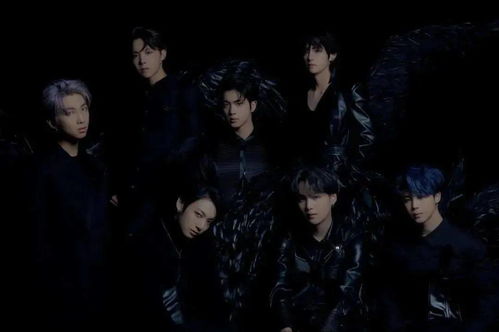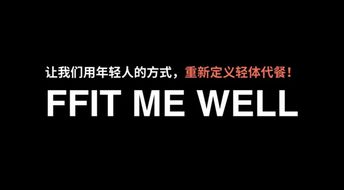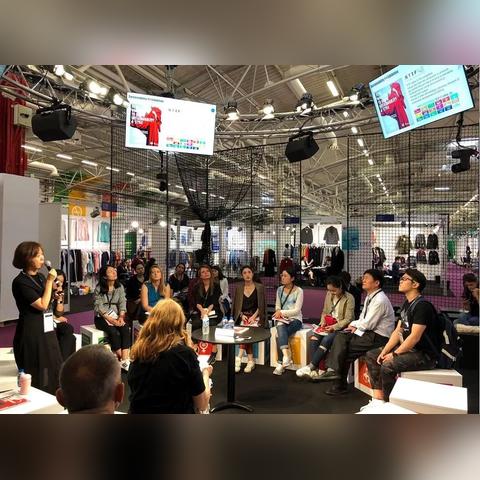Understanding the Key Points of Textile Design
In the realm of textile design, key points are often the foundation upon which a collection is built. These elements, such as color palettes, patterns, and textures, are the building blocks that create a cohesive aesthetic. By focusing on these key points, designers can create pieces that not only meet functional requirements but also evoke a sense of emotion and connection with the viewer. In this article, we will explore the importance of understanding these key points in textile design and how they contribute to the overall success of a piece.

In today's ever-evolving fashion industry, textile design is not just about creating aesthetically pleasing pieces; it's a multifaceted process that involves understanding the psychology behind consumer behavior, incorporating sustainable practices, and staying ahead of the latest technological advancements. Here are some key points to keep in mind when delving into the world of textile design:
Trend Analysis
Before diving into any design project, it's crucial to analyze current market trends. This can be done by examining social media platforms, fashion magazines, and industry reports. For instance, if we look at the recent collections from brands like Ralph Lauren or Gucci, we can see that they have incorporated bold colors and graphic prints into their designs, reflecting the trend towards playful and vibrant outfits. By keeping up with these trends, designers can ensure that their products align with what consumers want to wear.
Sustainability
As consumers become more conscious of the environmental impact of their purchases, sustainable textiles have become a hot topic in the industry. To incorporate sustainability into their designs, designers can use eco-friendly materials like organic cotton or recycled polyester, and consider using minimal dyes and water-based printing techniques. For example, Patagonia's clothing line uses recycled polyester and draws inspiration from nature to create unique patterns and textures.
Technological Advancements
With the advent of new technologies, designers can now create more intricate and complex designs using computer-aided design (CAD) software. For instance, 3D printing has revolutionized the way textiles are produced, allowing designers to create detailed patterns and shapes that were previously impossible to achieve with traditional methods. Additionally, LED lighting can be used to highlight specific parts of a garment, giving it an edgy and modern look.
Personalization
Personalization is becoming increasingly important in the textile industry, as consumers seek out unique and personalized products. By offering customization options such as color matching, pattern selection, and size adjustments, designers can cater to individual preferences and build stronger relationships with customers. For example, Zara offers a range of customizable accessories, allowing customers to personalize their outfits without having to purchase separate items.
Color Palettes
Color plays a significant role in textile design, and selecting the right palette is crucial for creating a cohesive and visually appealing collection. A good rule of thumb is to use complementary colors to create a harmonious look, while contrasting colors can add interest and drama. For instance, a neutral-toned dress could be paired with bright accent colors to create a popping effect.
Accessories
Accessories are an excellent way to enhance the overall look of a garment, and designers should consider how accessories will complement the main piece. Whether it's adding a statement necklace or pair of earrings, accessories can make a big difference in how a piece looks and feels. For example, a simple white t-shirt can be enhanced with a bold statement necklace and high heels to create a sophisticated look.
Fit & Flare
When designing garments, it's essential to consider the fit and flare of each piece. A well-fitting garment can elongate the body and create a flattering silhouette, while a loose fit can add movement and create a more relaxed feel. For example, a flowy maxi dress can be designed with a fitted waistband to create a balanced proportion and flatter the figure.
Material Combinations
When combining different materials, it's important to think about how they will interact with one another. For instance, using a soft fabric like chiffon with a stiffer material like denim can create a dynamic contrast that adds interest and dimension to the piece. Similarly, layering different textures can create a cozy and warm look.
Patterns
Patterns are a powerful tool in textile design, and choosing the right ones can make all the difference in how a piece looks. A monochromatic pattern can create a sleek and sophisticated look, while a playful geometric pattern can add energy and vibrancy to a piece. For example, a striped dress can be paired with a plain top to create a balanced and stylish look.
Branding
Finally, when designing textiles, it's essential to consider branding elements like logos, taglines, and messaging. These elements should be consistent across all products and communicate the brand's values and personality. For example, a brand that values sustainability might incorporate natural materials and eco-friendly practices into their designs, while a brand that prioritizes comfort might focus on creating soft and breathable fabrics.
In conclusion, textile design is a complex and nuanced field that requires a deep understanding of fashion trends, sustainability principles, technological advancements, personalization opportunities, color palettes, accessories, fit & flare considerations, material combinations, patterns, and branding elements. By staying informed and constantly evolving with the industry, designers can create textiles that not only meet but exceed consumer expectations and stand out in a crowded marketplace.

随着全球纺织品的快速发展,纺织品设计的重要性日益凸显,本篇文章将围绕纺织品设计重点展开讨论,并通过案例分析进一步说明。
纺织品设计概述
市场需求与趋势
随着消费者对舒适度、美观度和环保性的追求不断提高,纺织品设计正朝着更加个性化、多元化和可持续性的方向发展。
设计原则
(1)功能性:满足使用需求,提高舒适度。 (2)美观性:符合审美标准,提升视觉体验。 (3)环保性:采用环保材料,减少环境污染。
重点设计领域
功能性面料
(1)抗菌防霉面料:针对细菌和霉菌的防护。 (2)透气性面料:提高穿着舒适度。 (3)可洗涤面料:方便清洗,延长使用寿命。
时尚面料
(1)图案设计:创新图案,满足不同消费者的需求。 (2)色彩搭配:符合流行趋势,提升时尚感。 (3)功能性与时尚性结合:兼具舒适性和美观性。
绿色环保面料
(1)天然纤维面料:采用天然纤维,减少环境污染。 (2)可降解面料:符合环保要求,减少废弃物处理压力。 (3)可持续设计理念:注重可持续发展,降低资源消耗。
案例分析
功能性面料案例一:抗菌防潮床单
某品牌推出的抗菌防潮床单采用了特殊的抗菌材料和技术,能够有效抑制细菌滋生,同时具有良好的透气性和吸湿性,适合在潮湿环境下使用,该产品受到了广大消费者的喜爱,成为市场上的热销产品。
时尚面料案例二:印花棉质T恤
某品牌推出的印花棉质T恤采用了新颖的图案设计,色彩搭配紧跟时尚潮流,同时面料质地柔软舒适,适合各种场合穿着,该产品不仅具有时尚感,还具有很好的穿着舒适度,深受消费者喜爱。
纺织品设计重点实践方法与技巧
- 深入了解市场需求和消费者需求,确定设计方向和重点。
- 选择合适的材料和技术,确保设计符合环保、健康、舒适等要求。
- 注重面料纹理、颜色搭配、图案设计等方面的创新和优化。
- 注重产品的可洗涤性能和耐用性,提高产品的使用寿命和性价比。
- 结合绿色环保理念,注重产品的可持续设计和环保认证。
- 结合现代科技手段,提高产品的智能化和个性化特点。
纺织品设计是现代纺织工业的重要组成部分,其重要性不言而喻,在纺织品设计中,需要注重功能性、美观性、环保性等多方面的要求,同时结合市场需求和消费者需求,不断创新和优化设计,通过案例分析和实践方法与技巧的掌握,可以更好地实现纺织品设计的创新和发展。
Articles related to the knowledge points of this article:
Unveiling the Dynamics of Lian Tai Textiles A Comprehensive Analysis
The Art of Embroidery on Thread A Closer Look at Yue Sheng Textiles
Top Ten Textile Brands in the World
Exploring the World of Lubiang Textiles:A Global Perspective



